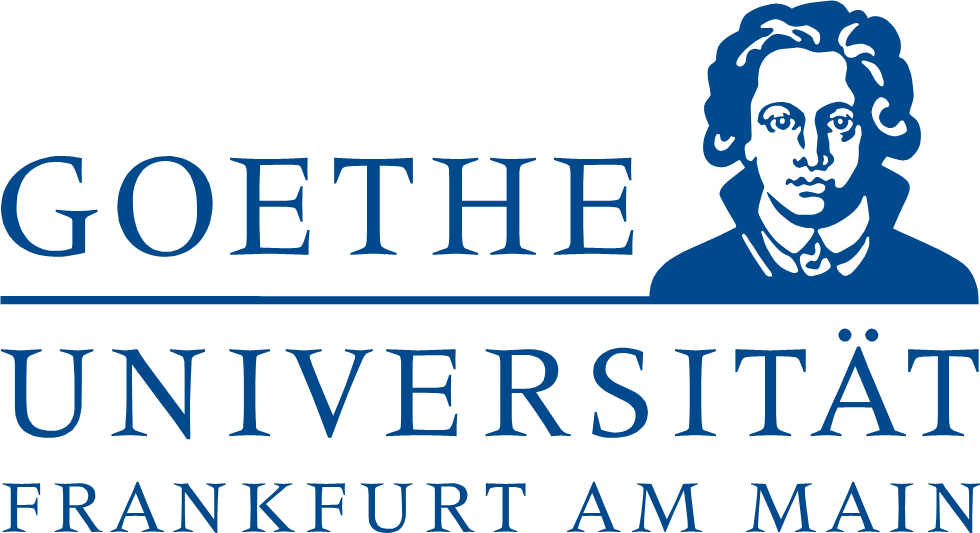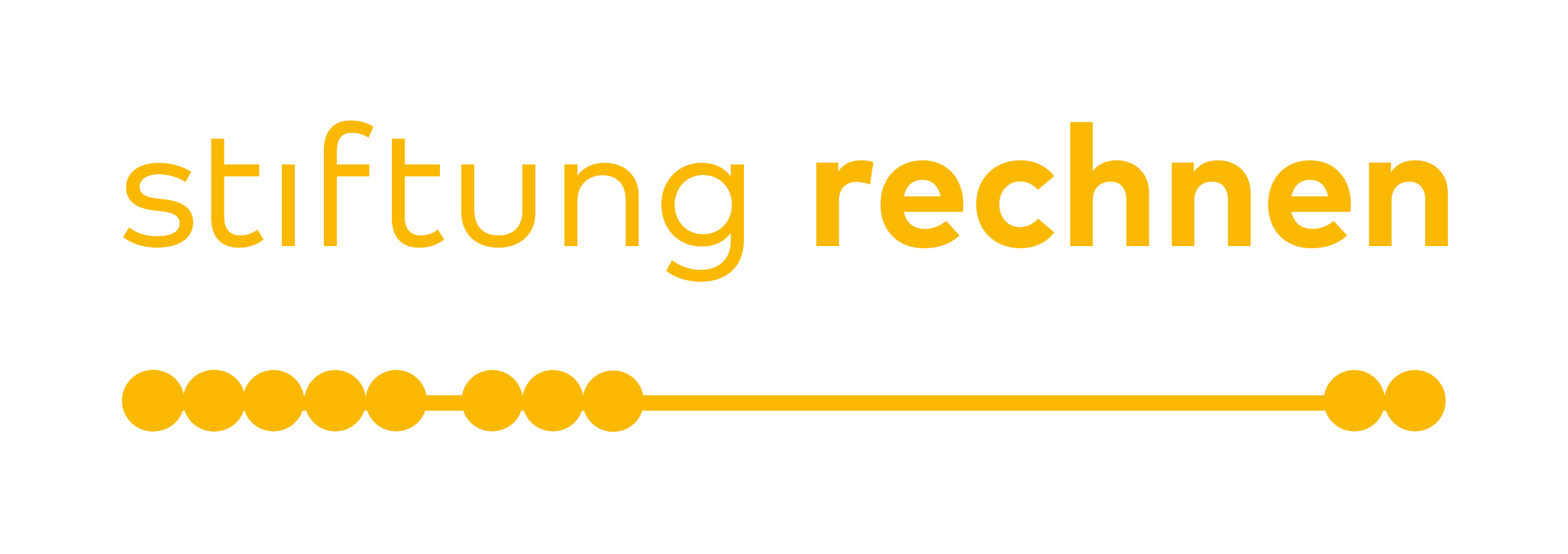Task of the Week: Trapézio
The task “Trapézio” [engl.: “Trapezoid”] by Isabel Figueiredo, who was one of our partner in the MoMaTrE project from 2017-2020, is chosen to be our new Task of the Week. The task is located in the north of the Portuguese city of Porto.
How do you use MathCityMap? Please describe our European project here in a few sentences.
MathCityMap is a project of the working group MATIS I of Goethe University Frankfurt. It is co-funded by the Erasmus+ project MoMaTrE [Mobile Math Trails in Europe]. Currently, seven institutions from five countries are participating in this project that englobe a web portal and the MCM app. Unfortunately, the MoMaTrE project ended after three years at August 31th.
MathCityMap combines the well-known math trail idea with the current technological possibilities of mobile devices. I use MathCityMap for the dissemination and popularization of mathematics, to attract more students to continue their scientific and technological studies.
With the MathCityMap-Project we like to motivate students to solve real world tasks by using expedient mathematical modelling ideas outside the classroom in order to discover the environment that surrounds them from a mathematical perspective. Mathematics should be discovered and experienced and must be done on the spot.
Please describe your task. Where is it placed? What is the mathematical question? How could you solve it?
This task is placed in Maia, a Portuguese municipality in the district of Porto. In one of the entrances of this city there is a Monument located in the Jardim das Pirâmides. We ask for the area, in m², of the lateral surface that can be seen in the picture.
As the necessary data could not easily measured, the idea is to use a non-standard surface unit. The formula for the trapezoid area must be used, but the measurements to be used are determined by the rectangular plates that make up the structure. Students measure one of the plates and count the number of slabs on the trapezoid.
Which didactic aims do you want to stimulate through this task?
The task has as main objective to be able to apply the teaching content in the classroom to real objects and, thus, deepen the knowledge.
The advantage of this is that it is clear that prior knowledge is necessary to be able to see everyday life from a mathematical perspective by training an eye for simple geometric figures in architecture. Another advantage is to lead students to find a different way to solve problems and don´t give up in face of obstacles.
Do you have any other commentary on MathCityMap?
MCM project integrates advanced digital technology with the math trails concept to illustrate the use of a technologically supported outdoor trail to enhance the teaching and learning of outdoor mathematics.










